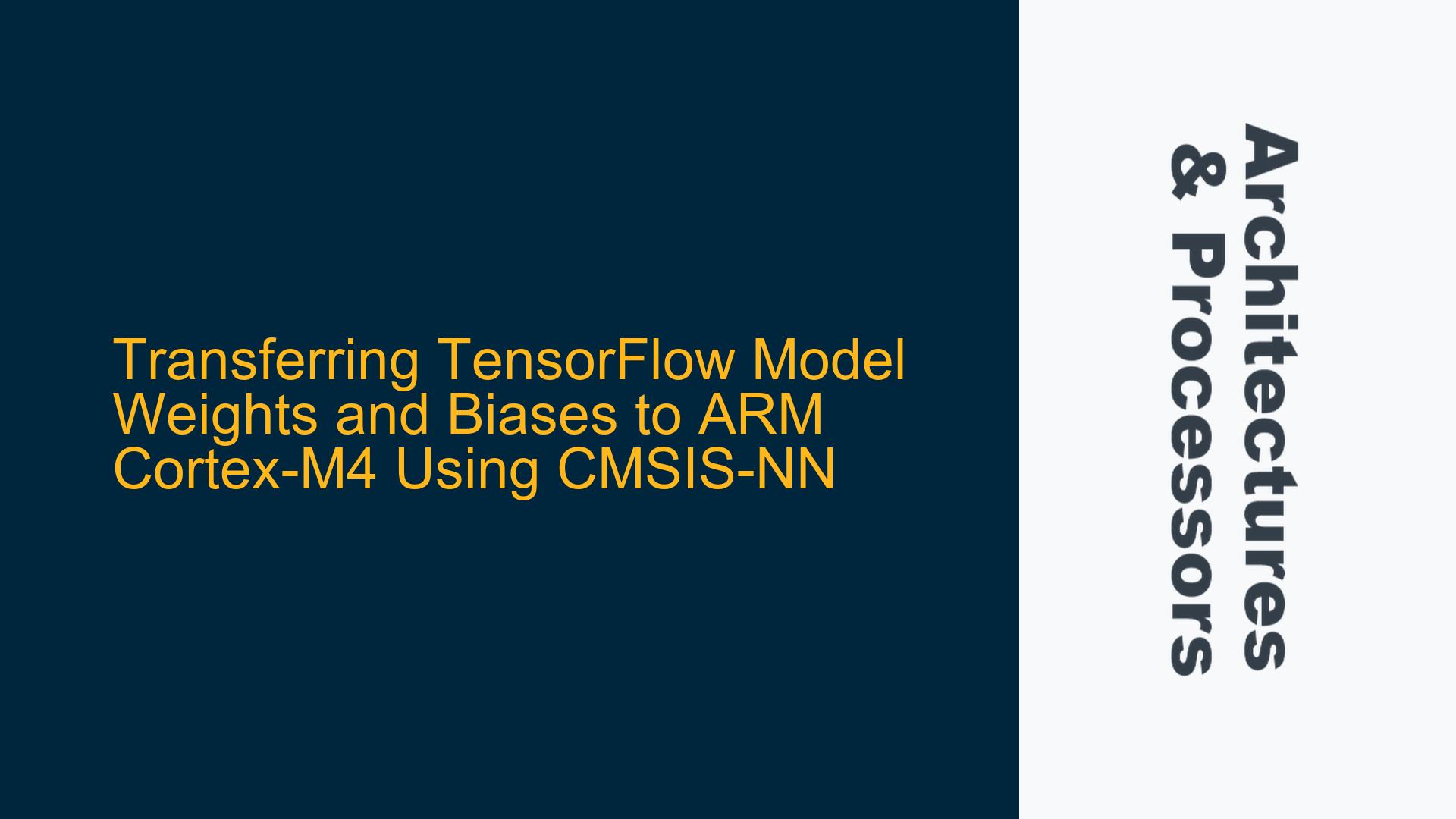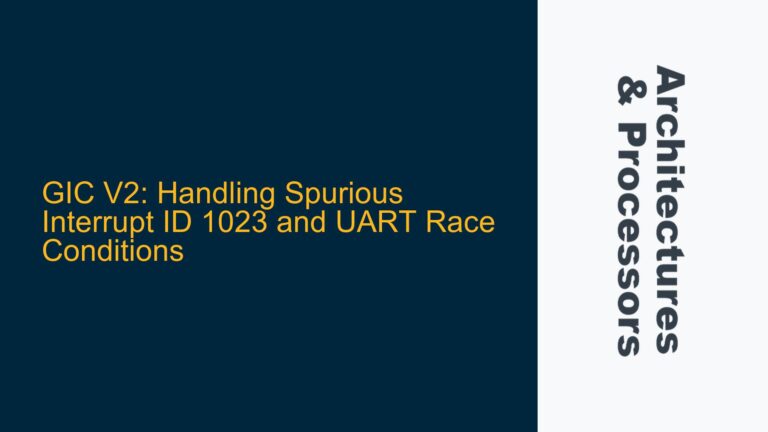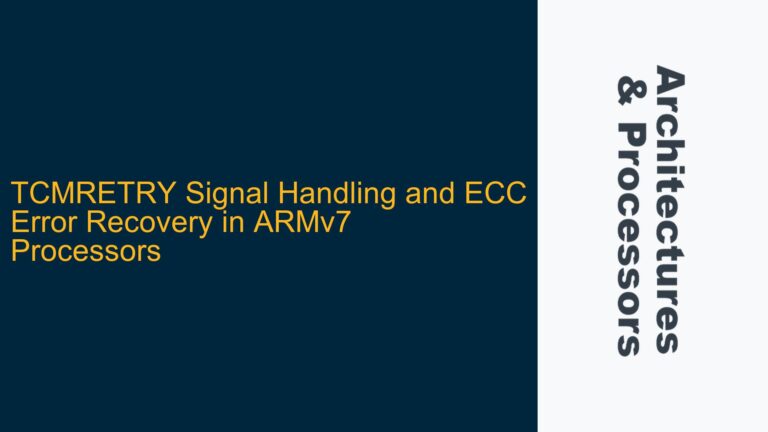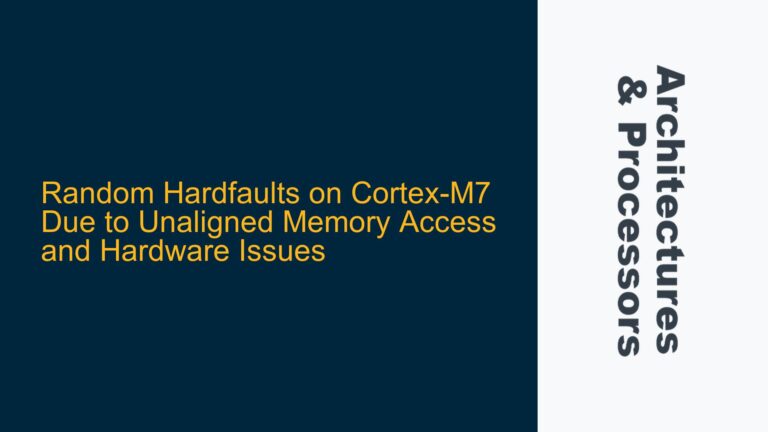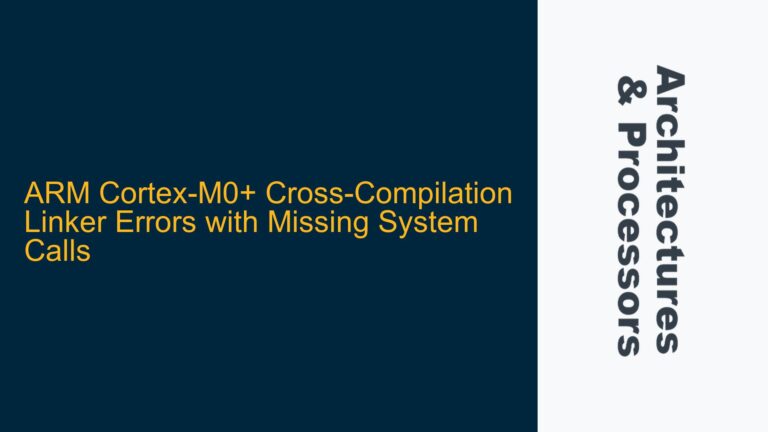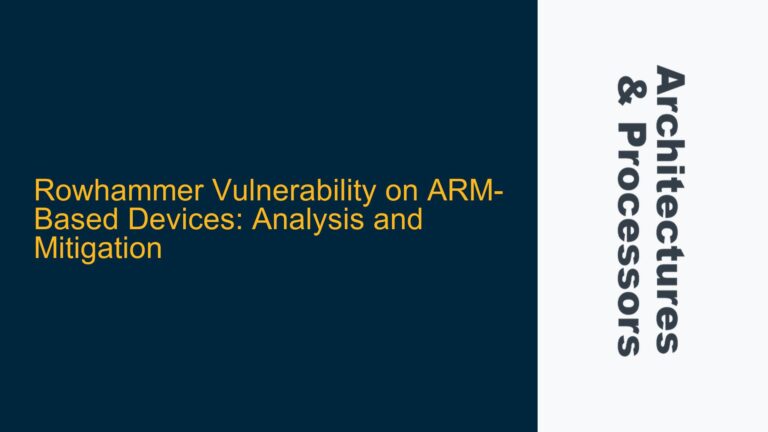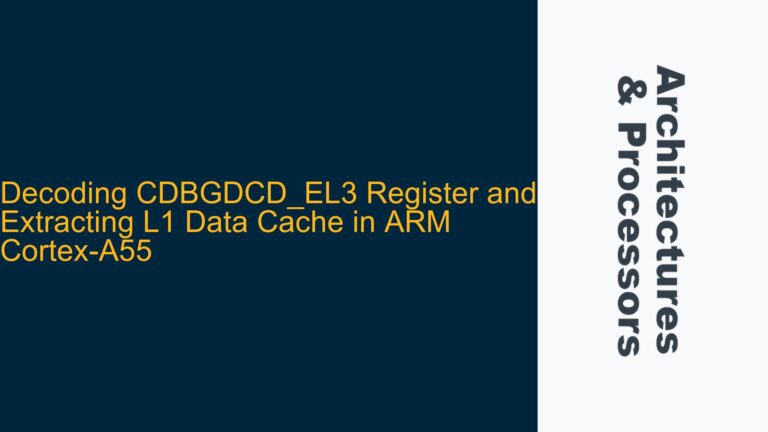Extracting and Preparing TensorFlow Model Data for ARM Cortex-M4 Microcontrollers
The process of transferring weights, biases, and activation functions from a trained TensorFlow model to an ARM Cortex-M4 microcontroller, such as the STM32 Nucleo-F446RE, involves several critical steps. These steps include extracting the model parameters from the HDF5 file, transforming the data into a format compatible with the CMSIS-NN library, and efficiently loading this data into the microcontroller’s memory. The primary challenge lies in the extraction and transformation of the data, as the HDF5 file format is not natively supported by microcontrollers, and the data must be quantized and reshaped to fit the constraints of the ARM Cortex-M4 architecture.
The HDF5 file contains the model’s architecture, weights, biases, and activation functions in a hierarchical format. To utilize this data in a microcontroller, it must first be extracted and converted into a flat, binary format that can be easily parsed and loaded into memory. This involves reading the HDF5 file using a Python script, extracting the necessary parameters, and then quantizing the data to reduce its precision, which is essential for efficient execution on the microcontroller. The quantized data must then be reshaped into the appropriate tensor formats required by the CMSIS-NN library.
Once the data is prepared, it must be transferred to the microcontroller. This can be done using various methods, such as storing the data in a custom binary file that is loaded onto the microcontroller’s flash memory, or transmitting the data over a communication interface like UART or SPI. The choice of method depends on the specific requirements of the application, such as the size of the model and the available resources on the microcontroller.
Challenges in HDF5 Data Extraction and Quantization for CMSIS-NN
The extraction of weights, biases, and activation functions from an HDF5 file presents several challenges. The HDF5 format is complex and hierarchical, making it difficult to directly parse and extract data in a microcontroller environment. Additionally, the data must be quantized to reduce its precision, which is necessary for efficient execution on the ARM Cortex-M4. Quantization involves converting floating-point values to fixed-point representations, which can introduce errors if not done carefully.
One of the main challenges is ensuring that the quantized data retains sufficient accuracy to maintain the performance of the neural network. This requires careful selection of the quantization parameters, such as the number of bits used for the fixed-point representation. The CMSIS-NN library provides support for 8-bit and 16-bit quantization, but the choice of precision depends on the specific requirements of the application and the available resources on the microcontroller.
Another challenge is the transformation of the data into the appropriate tensor formats required by the CMSIS-NN library. The weights and biases must be reshaped into the correct dimensions, and the activation functions must be converted into a format that can be efficiently executed on the microcontroller. This requires a deep understanding of the CMSIS-NN library and the specific requirements of the neural network being implemented.
Implementing Data Transfer and Loading on ARM Cortex-M4
Once the data has been extracted, quantized, and reshaped, it must be transferred to the ARM Cortex-M4 microcontroller and loaded into memory. This involves several steps, including creating a custom binary file format that can be easily parsed by the microcontroller, and implementing a data loading mechanism that efficiently transfers the data from storage to memory.
The custom binary file format should be designed to minimize the overhead of parsing and loading the data. This can be achieved by storing the data in a flat, contiguous format that can be directly loaded into memory using a single read operation. The file should also include metadata, such as the dimensions of the tensors and the quantization parameters, to facilitate the loading process.
The data loading mechanism must be carefully designed to ensure that the data is transferred efficiently and without errors. This can be achieved using direct memory access (DMA) to transfer the data from storage to memory, or by using a high-speed communication interface like SPI or UART. The choice of method depends on the specific requirements of the application, such as the size of the model and the available resources on the microcontroller.
Once the data is loaded into memory, it must be properly aligned and formatted to ensure efficient execution on the ARM Cortex-M4. This involves ensuring that the data is aligned to the appropriate memory boundaries, and that the tensors are formatted in a way that is compatible with the CMSIS-NN library. This may require additional transformations or padding to ensure that the data is correctly aligned and formatted.
In conclusion, transferring weights, biases, and activation functions from a trained TensorFlow model to an ARM Cortex-M4 microcontroller involves several critical steps, including data extraction, quantization, reshaping, and loading. Each step presents its own challenges, and requires careful consideration of the specific requirements of the application and the available resources on the microcontroller. By following the steps outlined in this guide, developers can efficiently transfer and load neural network data onto an ARM Cortex-M4 microcontroller, enabling the implementation of powerful machine learning applications on embedded systems.
